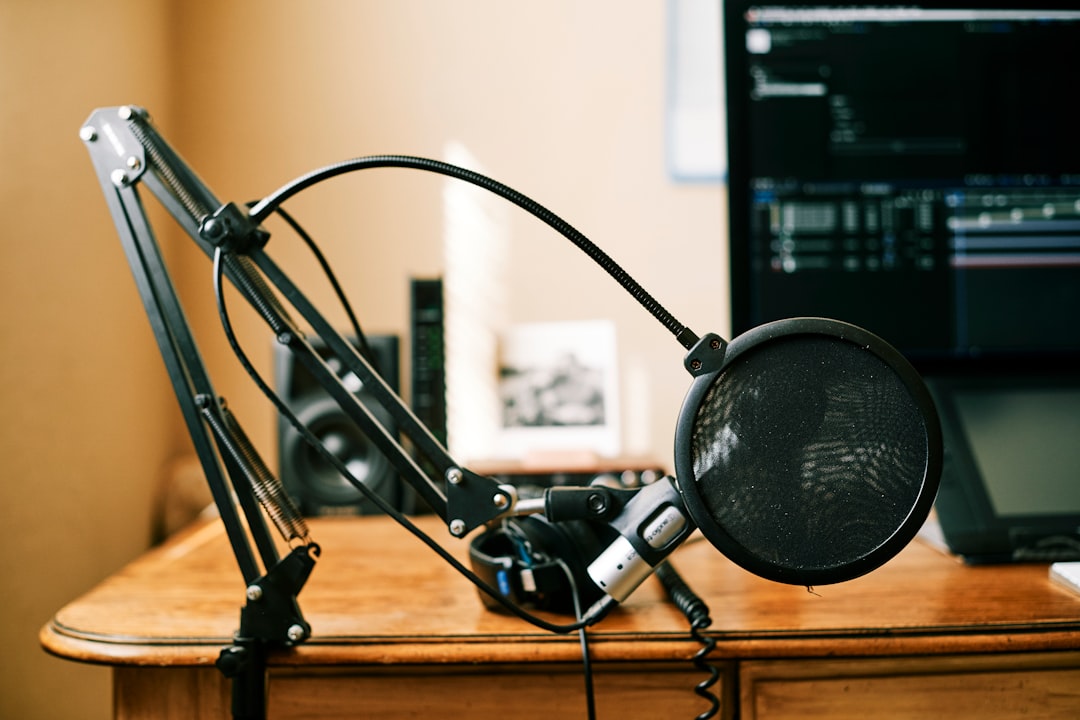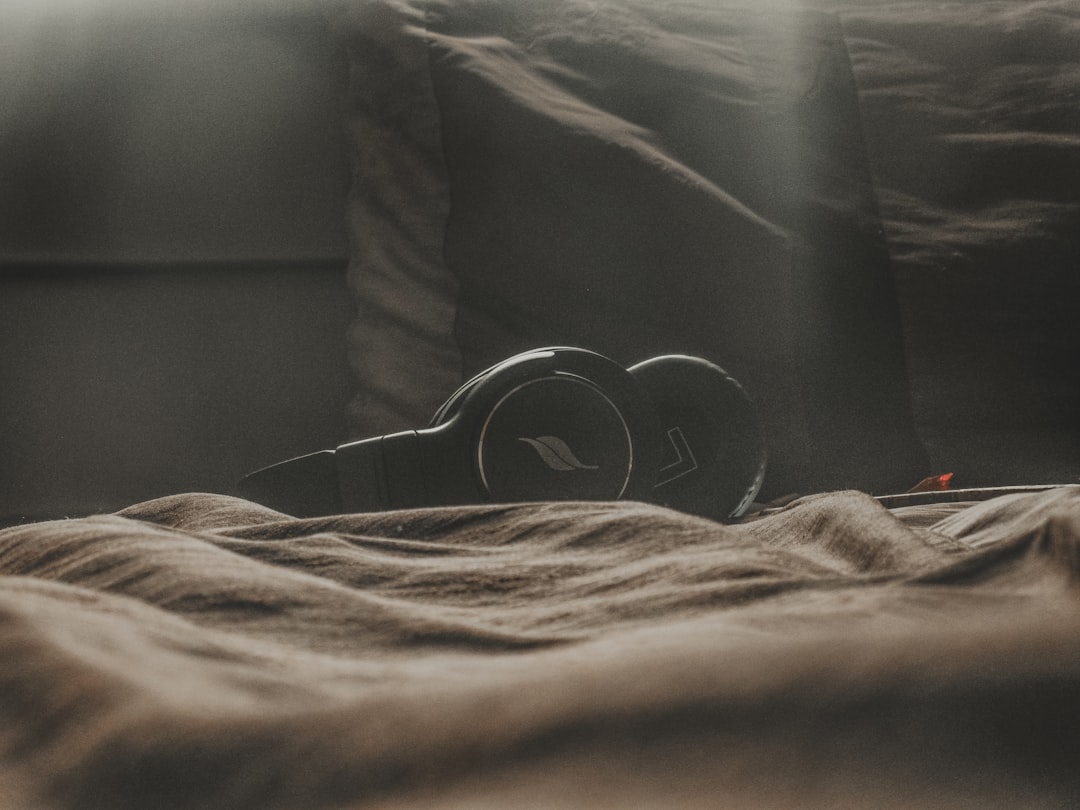My Guide to Creating a Personalized Audio Detox Plan.
My Guide to Creating a Personalized Audio Detox Plan
In our hyper-connected world, true silence has become a rare commodity. From constant notifications and bustling commutes to open-plan offices and ever-present background music, our ears are under a relentless assault of sound. This incessant auditory input, often unnoticed, contributes significantly to stress, fatigue, and diminished mental clarity. You might feel perpetually drained, struggle to focus, or find yourself easily irritated without realizing that your auditory environment plays a massive role. This isn’t just about turning down the volume; it’s about intentionally re-sculpting your personal soundscape to foster peace and productivity.
This guide isn’t about a one-size-fits-all solution. Your unique life, sensitivities, and daily challenges demand a tailored approach. Just as a dietary detox is personal to your body’s needs, an audio detox must be personalized to your unique auditory landscape. I’ll walk you through creating your very own audio detox plan, designed specifically to bring you profound moments of quiet, renewed focus, and a deeper sense of well-being.
Crafting Your Quiet: Unearthing the Power of a Tailored Audio Detox
Before diving into the “how-to,” let’s understand the “why” behind a personalized audio detox. Our responses to sound are incredibly individual. What one person finds soothing, another might find irritating. The hum of a refrigerator might be background noise to some, but a grating distraction to others. Your work environment, home life, commute, and even your personal sensitivities all contribute to your unique auditory fatigue profile. A generic “turn off your phone” advice, while helpful, barely scratches the surface of what your system truly needs.
A personalized audio detox acknowledges these differences. It’s about consciously identifying the specific sounds that drain your energy, disrupt your focus, and elevate your stress levels. It then involves strategically creating moments of intentional quiet or replacing harmful sounds with beneficial ones that resonate with your personal need for calm. This isn’t about avoiding all sound forever; it’s about cultivating a healthier relationship with your sound environment, giving your brain and nervous system the essential breaks they deserve. The goal is to reduce auditory cognitive load, enhance mental clarity, and improve overall digital well-being.
Consider the cumulative impact: even low-level noise, when constant, forces your brain to work harder to filter out irrelevant information. This constant filtering consumes mental resources, leading to fatigue, reduced attention span, and even an elevated stress response. Research suggests that exposure to environmental noise can increase levels of stress hormones like cortisol and adrenaline, impacting cardiovascular health and even contributing to sleep disturbances. The World Health Organization’s guidelines on noise highlight the significant public health burden of environmental noise pollution. Your personalized plan is your shield against this unseen assailant.
Recognizing Your Unique Auditory Triggers
To truly personalize your detox, you must first become a keen observer of your own reactions. Do certain sounds instantly raise your blood pressure? Does constant background chatter make it impossible to concentrate? Does the drone of traffic leave you feeling exhausted even after a short drive? These are your personal auditory triggers, and recognizing them is the foundational step. It’s not just about loudness; it’s about the quality, duration, and context of the sound. For instance, the sudden jolt of a car horn is different from the persistent hum of an air conditioner, yet both can be significant stressors.

Decoding Your Daily Soundscape: Pinpointing the Auditory Stressors Unique to You
The first practical step in creating your personalized audio detox is to become an auditory detective in your own life. This involves a conscious audit of your daily soundscape to identify specific noise pollutants and how they impact you. This isn’t just about loud noises; it’s often the insidious, constant hums, beeps, and chatter that accumulate to create significant sensory overload.
Your Personal Sound Audit: A Week-Long Observation
For one week, keep a simple journal or use a notes app on your phone. Whenever you notice a sound that bothers you, distracts you, or makes you feel stressed, jot it down. Include:
- The Sound: Be specific (e.g., “neighbor’s dog barking,” “office chatter,” “car horn,” “washing machine cycle,” “phone notifications,” “social media video autoplay”). Distinguish between intermittent sharp noises and continuous background drones.
- The Time & Location: When and where did you hear it? (e.g., “8 AM, kitchen,” “3 PM, open-plan office,” “10 PM, bedroom,” “during morning commute”).
- Your Reaction: How did it make you feel? (e.g., “annoyed,” “frustrated,” “unable to focus,” “stressed,” “heart racing,” “tired,” “irritable,” “tense shoulders”). Rate its intensity on a scale of 1-5, with 5 being extremely disruptive.
- Its Impact: What did it prevent you from doing or feeling? (e.g., “couldn’t concentrate on work,” “woke me up from a light sleep,” “ruined my relaxation during meditation,” “made me irritable with family,” “caused a headache”).
This detailed tracking will reveal patterns and highlight your most significant personal auditory stressors. You might discover that the constant low hum of your server rack at home is more disruptive than occasional street noise, or that specific types of music in the gym leave you feeling drained rather than energized. Pay attention to how different frequencies affect you – some people are more sensitive to high-pitched sounds, others to low-frequency vibrations.
Assessing the Impact on Your Well-being
Once you have your week’s worth of data, review it. Look for recurring themes. Are there certain times of day or specific environments where you experience more auditory stress? How do these stressors collectively impact your mood, energy levels, focus, and sleep quality? Understanding this direct link between your sound environment and your well-being is crucial for motivating and sustaining your detox efforts. This assessment forms the bedrock upon which you’ll build your custom plan.
Consider the broader implications:
- Cognitive Function: Constant noise can impair memory, problem-solving, and attention. Research on noise and cognitive function shows how even moderate noise levels can reduce productivity and increase error rates.
- Emotional Regulation: Persistent noise can make you more prone to irritability, anxiety, and even anger.
- Physical Health: Beyond stress hormones, chronic noise exposure has been linked to increased blood pressure and cardiovascular issues over time.
- Sleep Quality: Even if you don’t fully wake up, noise can disrupt sleep cycles, leading to less restorative rest.
Architecting Your Silence: Building a Custom Blueprint for Auditory Peace
With your personal sound audit complete, it’s time to design your bespoke audio detox plan. This isn’t about eliminating all sound, but rather about creating intentional pockets of quiet and replacing detrimental sounds with beneficial ones. Your blueprint will be as unique as your sound stressors.
Defining Your Quiet Zones and Times
Based on your audit, identify specific times and places where you can implement quiet. These are your “quiet zones” and “silence slots.”
- Physical Quiet Zones: Is there a room in your house, a specific corner, or even a bench in a local park that consistently offers more peace? Designate this as your primary quiet zone. Make it as acoustically isolated as possible with heavy curtains, rugs, or even sound-absorbing panels if feasible. This could be your bedroom for sleep, a home office during work hours, or a reading nook.
- Portable Quiet Zones: For commutes or busy environments, invest in high-quality noise-canceling headphones. These create a personal bubble of quiet, allowing you to control your immediate auditory input.
- Daily Silence Slots: Schedule specific times for complete auditory downtime. This could be:
- Morning Clarity: The first 15-30 minutes after waking, before checking your phone or turning on any media.
- Midday Refresh: A 10-15 minute break during your workday, away from your desk, perhaps stepping outside or into your designated quiet zone.
- Evening Wind-Down: The last hour before bed, free from screens, loud music, or stimulating conversations. This is crucial for improving sleep quality.
- Weekly Deep Dive: Dedicate a longer period, perhaps an hour or two on a weekend, to truly immerse yourself in silence, possibly in nature, without any technological distractions.
Strategies for Noise Reduction and Elimination: Muting the Mundane
Once you’ve identified your triggers and quiet zones, the next step is active noise management. This involves a combination of physical barriers, behavioral changes, and technological aids.
- Physical Barriers and Insulation:
- Seal Gaps: Use weatherstripping on doors and windows to block external noise.
- Thick Fabrics: Heavy curtains, rugs, and upholstered furniture absorb sound waves, reducing echo and ambient noise.
- Rearrange Furniture: Placing bookshelves or wardrobes against shared walls can provide additional sound dampening.
- Earplugs: For sleep or focused work, quality earplugs can be incredibly effective. Experiment with different types (foam, silicone, custom-molded) to find what’s most comfortable and effective for you.
- Behavioral Adjustments:
- Notification Management: Turn off non-essential notifications on your phone, computer, and smart devices. Use “Do Not Disturb” modes religiously during focus times and sleep.
- Communicate Boundaries: In shared living or working spaces, politely communicate your need for quiet during specific times. Use visual cues like a “Do Not Disturb” sign.
- Mindful Media Consumption: Be intentional about when and what you listen to. Avoid background TV or music if it’s not serving a specific purpose (e.g., relaxation, focused work). Mute autoplay videos on social media.
- Device Placement: Keep noisy appliances (dishwasher, washing machine) away from quiet zones and run them during times you’re less sensitive to noise.
- Technological Aids:
- Noise-Canceling Headphones: A game-changer for commutes, open-plan offices, or noisy public




Post Comment